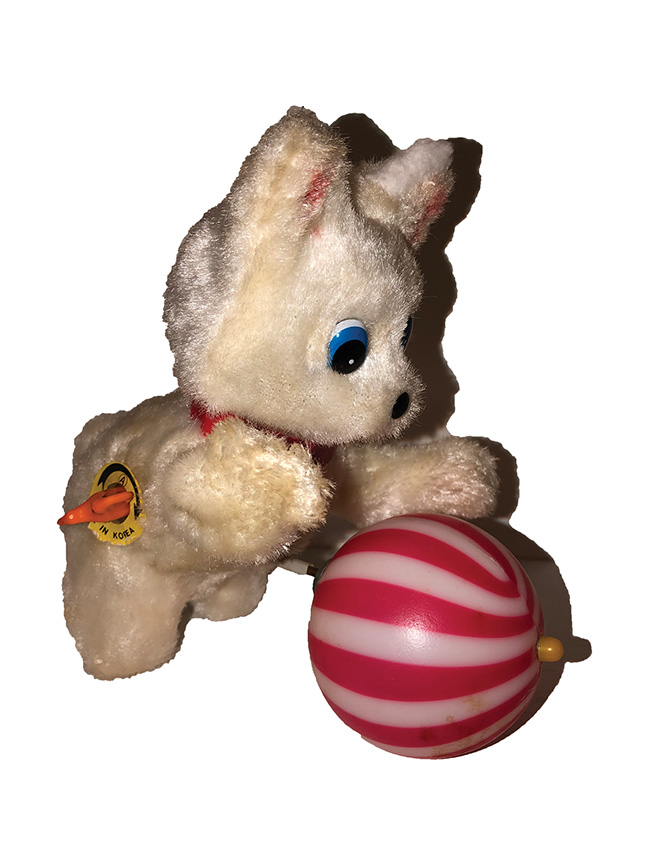
Dorri Partain
Northeast News
Batteries not included—nor required.
Wind-up toys, with their simple repetitive movements, can be traced to a French artist and inventor during the 18th century.
Jacques de Vaucansen (1709-1782) was inspired by the mechanics inside clocks, taking their gears and springs to a new level to create the first animated figures in 1738.
His first figure, a life-sized human, stood on a pedestal and played 12 melodies on a flute.
This intricate wooden creation, created for adult entertainment, used a series of bellows to produce the air blown through the figure’s lips—it was not a music box.
Two additional animated figures, a tambourine player and a life-like duck, were part of a popular exhibit operated by Vaucansen himself until he sold the figures in 1745.
Vaucansen continued developing his next creation, the automatic weaving loom.
The figures have been lost to history, perhaps destroyed during the French Revolution in 1789.
Inspired by those full-sized figures, other inventors developed smaller figures that could emulate everyday tasks, made from pressed and painted tin and sold for the entertainment of adults.
Around 1860, clockwork toys began being produced in America, often featuring clowns and circus performers; characters that were more likely to appeal to children.
In 1919, brothers Louis and David Marx founded a toy company (Marx Brothers) and contracted factories to produce the toys they sold.
They purchased two dies for pressed tin wind-ups in 1921, an Alabama minstrel dancer and Zippo the climbing monkey, and sold 8 million of each within a year.
They began creating wind-up toys featuring licensed cartoon characters by 1934, including Popeye, Mickey Mouse, and Porky Pig, which were offered along with other generic characters.
Sensing the scarcity of metal during World War II, the outside shell of the toys began being fabricated of plastic, which could also be decorated further with fabric or fur.
As battery-powered circuitry proved to operate animated figures longer and better, wind-up toys have nearly become obsolete.



















